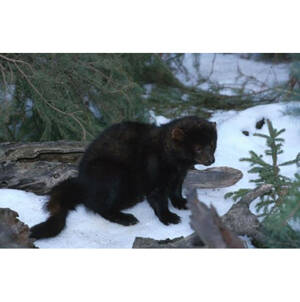
Martes pennanti
Martes pennanti,Fisher,Fishing cat, Pennant's marten, Pennant's cat
Martes pennanti (scientific name: Martes pennanti) is also known as Fisher i···
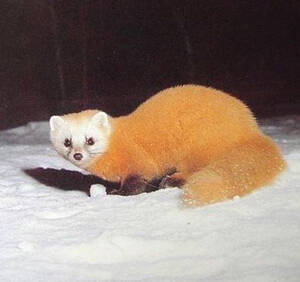
Martes melampus
Martes melampus,Japanese Marten
Japanese Marten (scientific name: Martes melampus) has three subspecies.Suba···
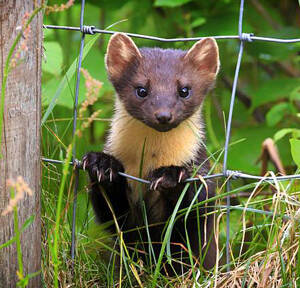
Martes martes
Martes martes,Pine Marten,Lin Diao
Pine marten (scientific name: Martes martes) is a medium-sized carnivore, ab···
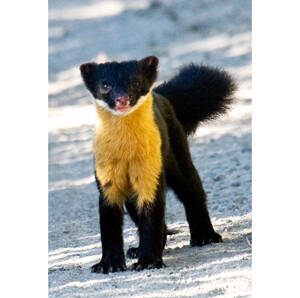
Martes gwatkinsii
Martes gwatkinsii,Nilgiri Marten,Gray's marten, Yellow-throated marten Indian subspecies
Nilgiri Marten (scientific name: Martes gwatkinsii) is a medium-sized carniv···
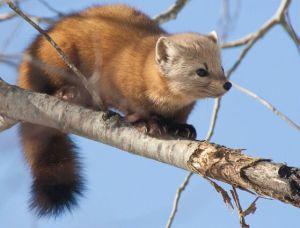
Martes americana
Martes americana,American Marten
American Marten (scientific name: Martes americana) is a small to medium-siz···
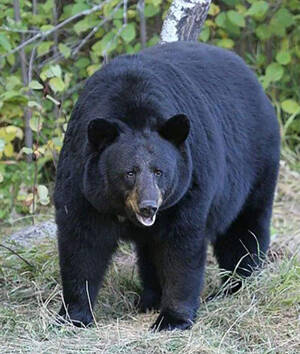
Ursus americanus,
Ursus americanus,American Black Bear,North American black bear
American black bear (scientific name: Ursus americanus) is a large bear with···
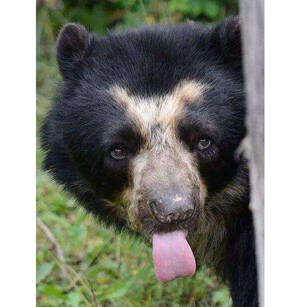
Tremarctos ornatus
Tremarctos ornatus,Andean Bear,Andean bear
Spectacled bear (scientific name: Tremarctos ornatus) is also known as Andea···
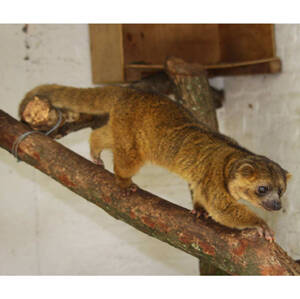
Bassaricyon gabbii
Bassaricyon gabbii
Bassaricyon gabbii is the first dog raccoon discovered.Bassaricyon gabbii fe···
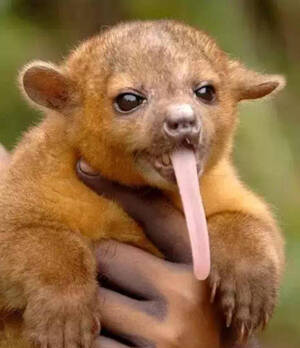
Potos flavus
Potos flavus,Kinkajou,Panda
Kinkajou (Latin name: Potos flavus, English name: Kinkajou) is a species of ···
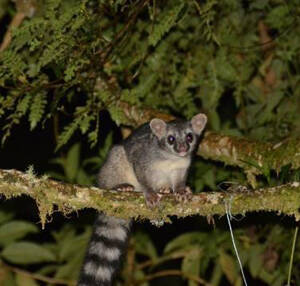
Bassariscus sumichrasti
Bassariscus sumichrasti,Cacomistle,Sino-American Ring-Tailed Panda
The Cacomistle (scientific name: Bassariscus sumichrasti) is similar in appe···
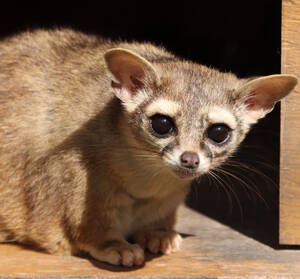
Bassariscus astutus
Bassariscus astutus,Ring-tailed cat,Ringtail Cat
The Ring-tailed cat (scientific name: Bassariscus astutus) is also known as ···
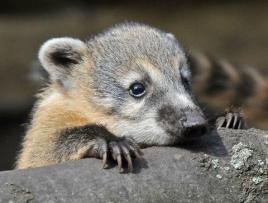
Nasuella olivacea
Nasuella olivacea,Mountain Coati、Western Mountain Coati,Yamaguchi
The coati (scientific name: Nasuella olivacea) is also known as Mountain Coa···
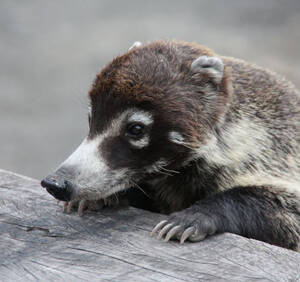
Nasua narica
Nasua narica,White-nosed coati,White-nosed pig
White-nosed coati (scientific name: Nasua narica) has four subspecies.White-···
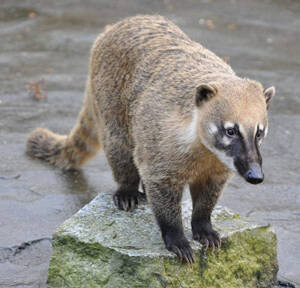
coatimundi
coatimundi,coatimondi
The coatimundi, also known as coatimundi or coatimondi, is active during the···
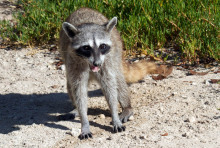
Procyon pygmaeus
Procyon pygmaeus,Cozumel Raccoon、Pygmy Raccoon,Pygmy Raccoon
Cozumel Raccoon (scientific name: Procyon pygmaeus) is also known as Cozumel···
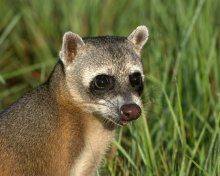
Procyon cancrivorus
Procyon cancrivorus,Crab-eating Raccoon
Crab-eating raccoon (scientific name: Procyon cancrivorus) is also known as ···
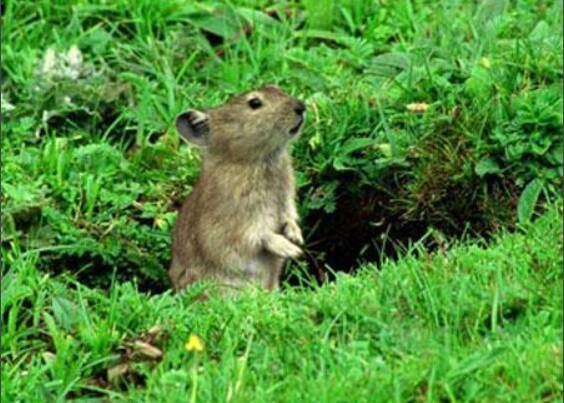
Ochotona roylei
Ochotona roylei
The gray mouse rabbit belongs to the subgenus <Conothoa>, and its spec···
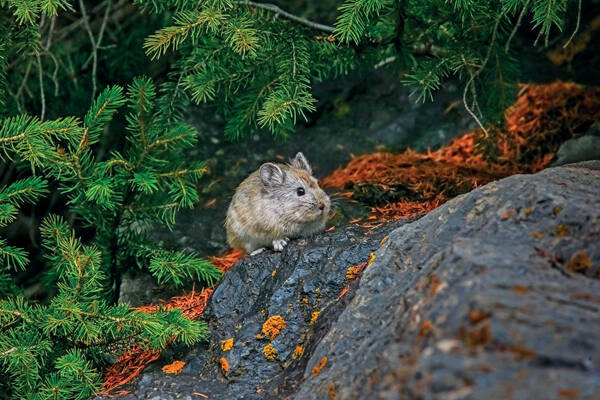
Ochotona macrotis
Ochotona macrotis,Steppe pika, Mongolian pika, Dauri rabbit, Pika, Singing mouse, Moss
The big-eared mouse rabbit belongs to the subgenus <Conothoa> and is a···

Ochotona koslowi
Ochotona koslowi,Ochotonus
The Kochia pika belongs to the subgenus <Conothoa> and is very rare. I···
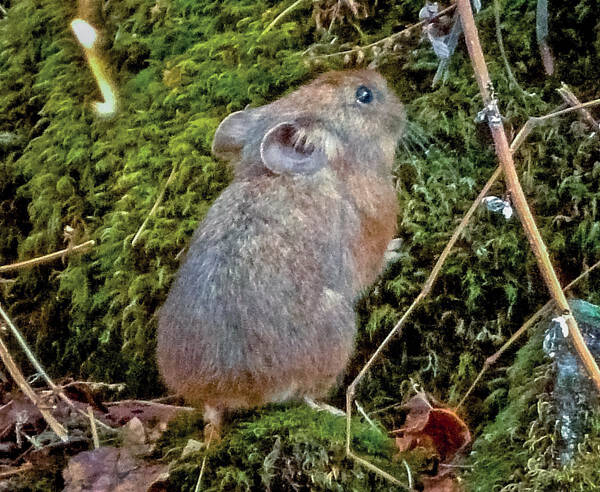
Ochotona himalayana
Ochotona himalayana
The Himalayan pika belongs to the subgenus <Conothoa>. The species was···
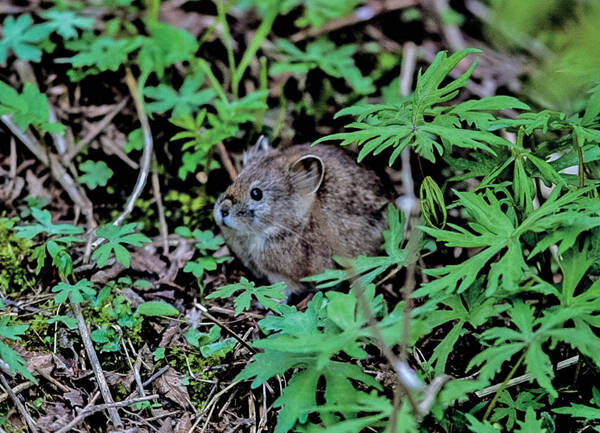
Ochotona forresti
Ochotona forresti,Yunnan pika, gray-necked pika
The gray-necked pika belongs to the subgenus <Conothoa>. The classific···
